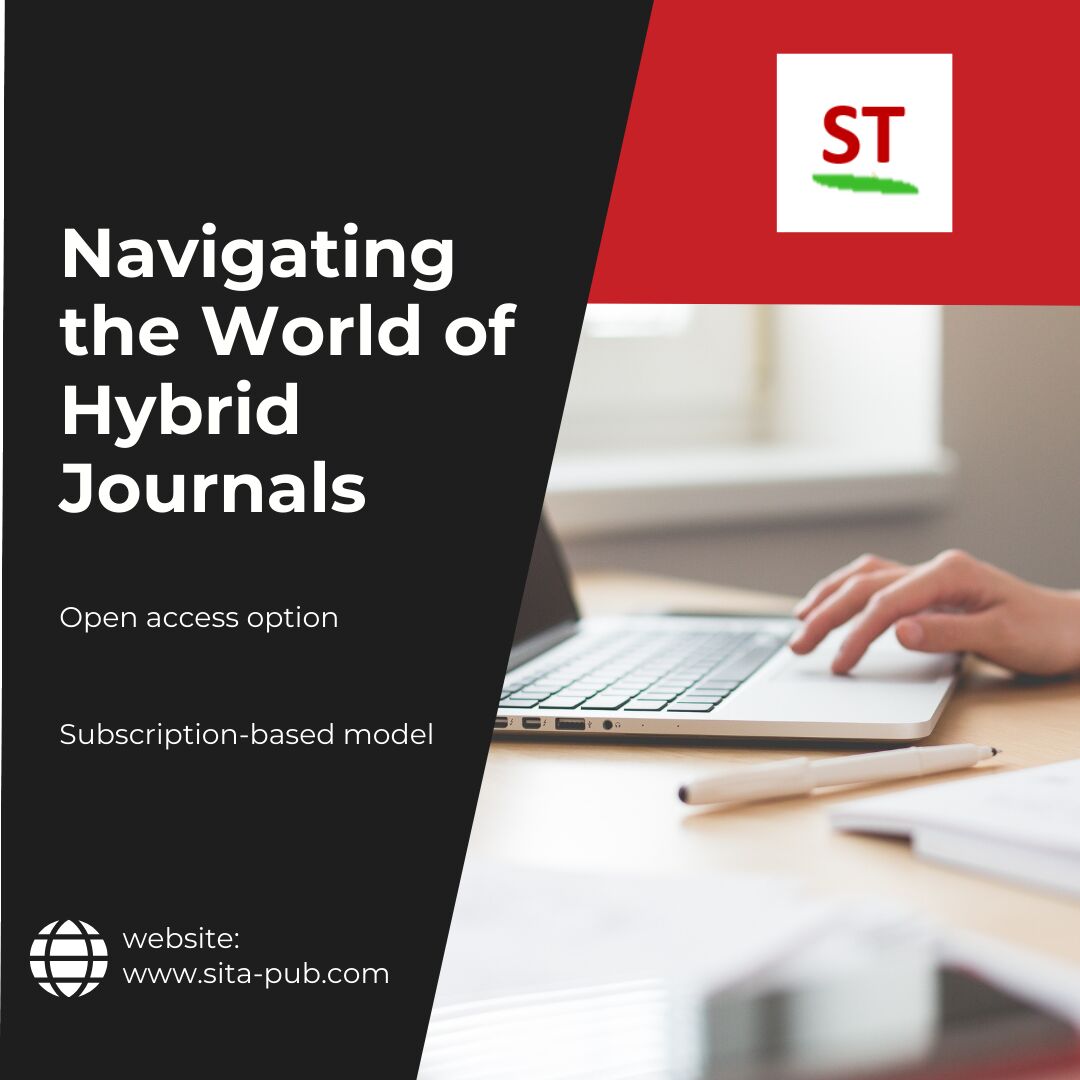Navigating the World of Hybrid Journals


So, how can you determine if a journal is a hybrid publication? The key indicators are:
Hybrid journals maintain a traditional subscription-based model, where the majority of their content is accessible only to subscribers, typically academic institutions or individual researchers.
Alongside the subscription model, hybrid journals offer authors the choice to make their individual articles openly accessible, usually upon payment of an article processing charge (APC).

Several factors influence the decision to publish in a hybrid journal. Understanding the benefits and drawbacks of open-access and closed-access publishing can help authors make an informed choice.
Drawbacks
Article processing charges
Authors or their institutions are often required to pay APCs to cover the costs of open-access publication, which can be a significant financial burden.
Concerns about predatory publishers
The rise of predatory journals that exploit the open-access model has raised concerns about the quality and legitimacy of some open-access publications.
Potential loss of revenue for scholarly societies
Subscription-based journals, often published by academic societies, may experience a decline in revenue if more authors choose open-access options.
Benefits
Increased visibility and accessibility
Open-access articles are freely available to the global research community, leading to broader dissemination and a higher potential for impact
Accelerated knowledge sharing
The removal of paywalls enables faster exchange of ideas and collaboration across disciplines.
Compliance with funder mandates
Many research funding agencies now require or encourage open-access publication, making it easier for authors to comply.
Potential for increased citations
Studies have shown that open-access articles tend to be cited more frequently than those behind paywalls.
Drawbacks
Limited accessibility
Articles published in closed-access journals are only available to those with a subscription, limiting the reach and impact of the research.
Potential barriers to knowledge dissemination
The paywall can restrict access to essential research, particularly for researchers, students, and institutions in low-income regions.
Benefits
Established reputation and quality control
Subscription-based journals often have a long-standing reputation for rigorous peer review and editorial oversight, ensuring high-quality content.
Sustainable business model
The subscription-based model provides a reliable revenue stream for journals, allowing them to invest in editorial processes and maintain financial stability.
Exclusive access for subscribers
Subscription-based journals offer limited access, which can be seen as a benefit for institutions and researchers who value exclusive access to the latest research.
Conclusion
Hybrid journals aim to address the needs of both open-access advocates and traditional subscription-based publication models. By offering authors the choice to publish their articles either behind a paywall or as open access, hybrid journals provide a middle ground, allowing researchers to select the publication option that best suits their needs and funding sources.
As the academic publishing landscape continues to evolve, authors, institutions, and funding agencies must carefully evaluate the pros and cons of publishing in hybrid journals, weighing the potential benefits and drawbacks to determine the most suitable approach for their specific research and publishing needs.

Are you seeking a pathway to publish your groundbreaking research?

Look no further than SITA Academy's extensive list of hybrid journals. As a leading publisher in the academic landscape, SITA Academy offers authors the flexibility to choose between open-access or traditional subscription-based publishing models. SITA Academy's hybrid journals provide an unparalleled platform to elevate your work and reach a global audience. Whether you're an established researcher or an emerging scholar, SITA Academy's hybrid publishing options can help you navigate the complexities of academic publishing and maximize the impact of your scholarly contributions. Take the first step towards getting your work published in a respected, high-quality hybrid journal – explore the SITA Academy today and unlock new opportunities for your research to shine.
If you have any questions, inquiries, or would like to learn more about our services, please don't hesitate to reach out to us. Our dedicated team is ready to assist you.